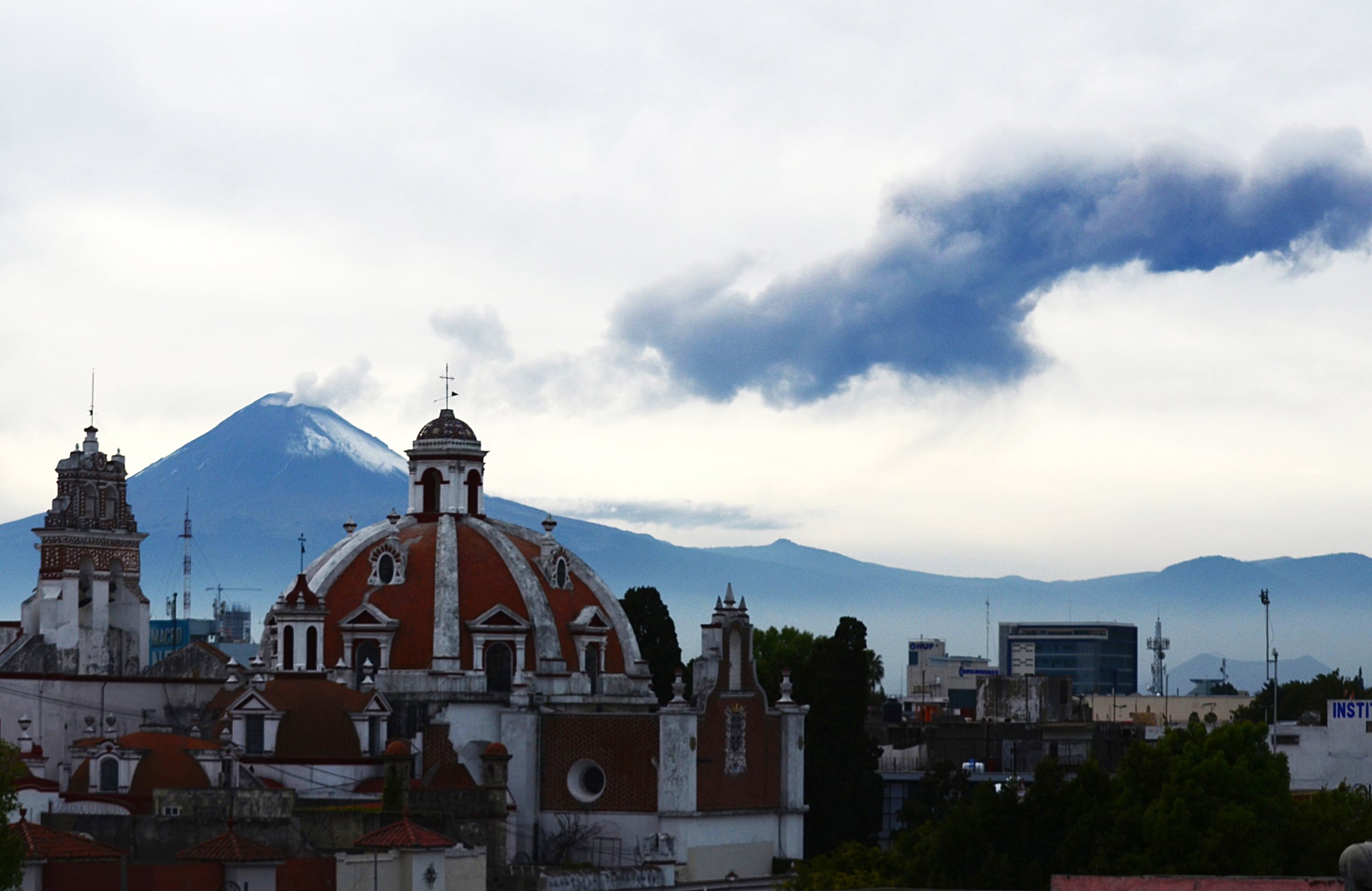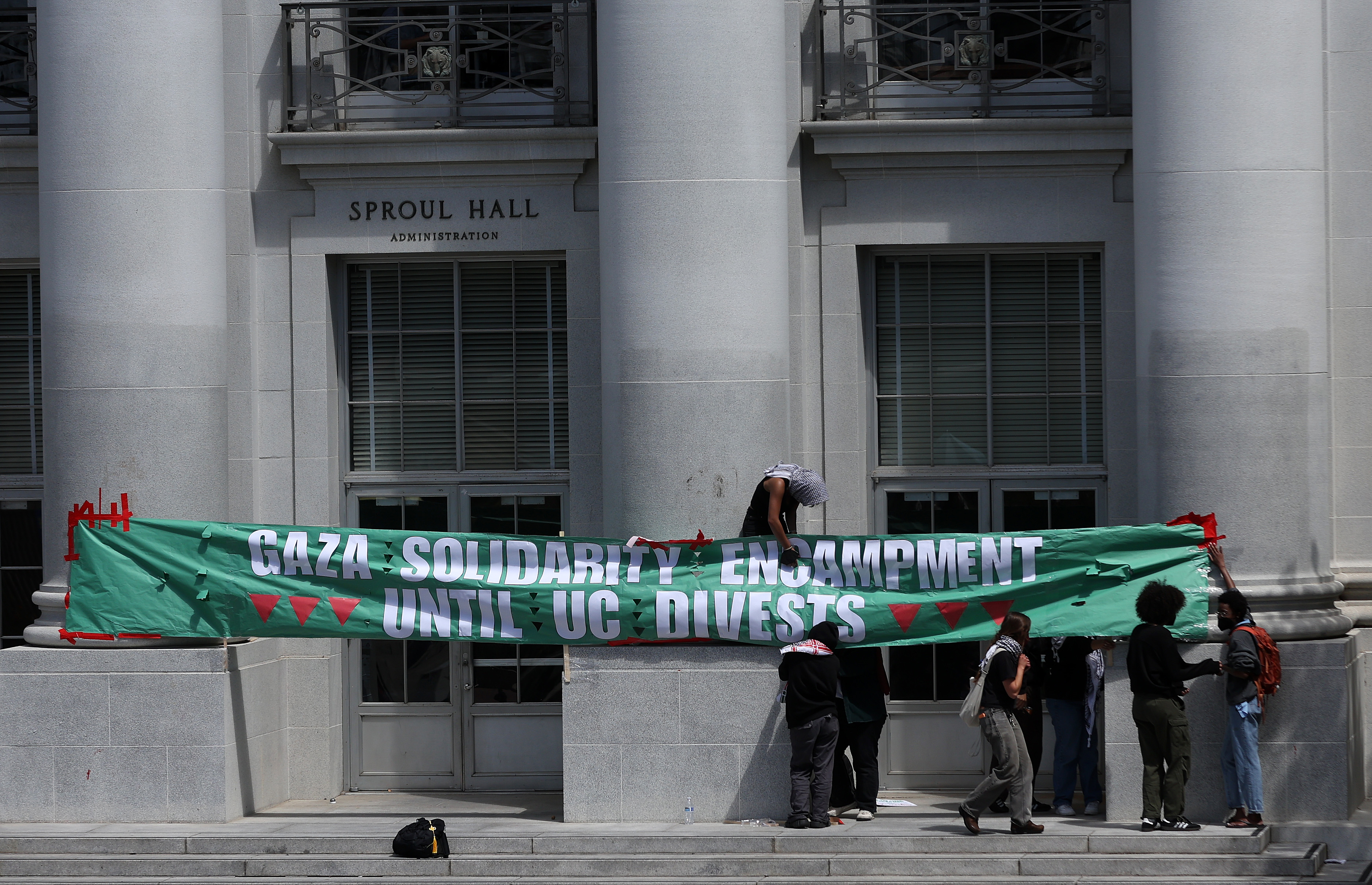
Updated | The Mexican government has warned that a major eruption could be imminent at a large volcano called Popocatépetl, located near Mexico City. The volcano began erupting on Tuesday and currently its activity has been limited, but Mexico's center for disaster prevention acknowledged a more serious eruption could begin at any moment.
According to a statement released by the disaster center, which is responsible for monitoring volcanic eruptions, on January 31, the volcano produced at least three explosions and pumped out 160 emissions of ash, gas and steam. The agency asked people to stay at least 7.5 miles away from the volcano and particularly its crater. It also mentioned that if heavy rains begin, there will be a risk of mudslides and landslides.
The agency issued a so-called yellow alert, which means people should prepare for a possible evacuation, although no such order is in place right now. The statement adds that the agency expected to see low and intermediate activity continue, possibly causing small amounts of ash to fall nearby.
The volcano was also active earlier in January and in September 2017. The volcano has always been subject to close monitoring, since it has a long history of erupting. Popocatépetl is located about 45 miles away from Mexico City where almost 9 million people live. The peak is the second tallest volcano in North America; its name means "smoking mountain" in Aztec.
Popocatépetl is considered the most threatening volcano in North America because the low-scale eruption it's currently undergoing is not the only type of activity it is capable of. It can also switch relatively quickly to a large, so-called Plinian eruption, named for the Roman historian who recorded his observations of the catastrophic eruption at Italy's Mount Vesuvius in the year 79.
It's a category reserved for the very most powerful eruptions, which tend to be caused by very thick lava that doesn't flow easily. These eruptions also often include pyroclastic flows, a brutal wave of rock, lava, ash and gas, the sort of event responsible for burying Pompeii in a time capsule.
Popocatépetl hasn't had a Plinian eruption in more than a millennium, although the volcano has been erupting on and off since 2005. Scientists want to better understand how it and other large volcanoes can switch between gentler eruptions and massive Plinian eruptions.
This story has been updated to include more detail about Plinian eruptions.
Uncommon Knowledge
Newsweek is committed to challenging conventional wisdom and finding connections in the search for common ground.
Newsweek is committed to challenging conventional wisdom and finding connections in the search for common ground.
About the writer
Meghan Bartels is a science journalist based in New York City who covers the science happening on the surface of ... Read more
To read how Newsweek uses AI as a newsroom tool, Click here.








